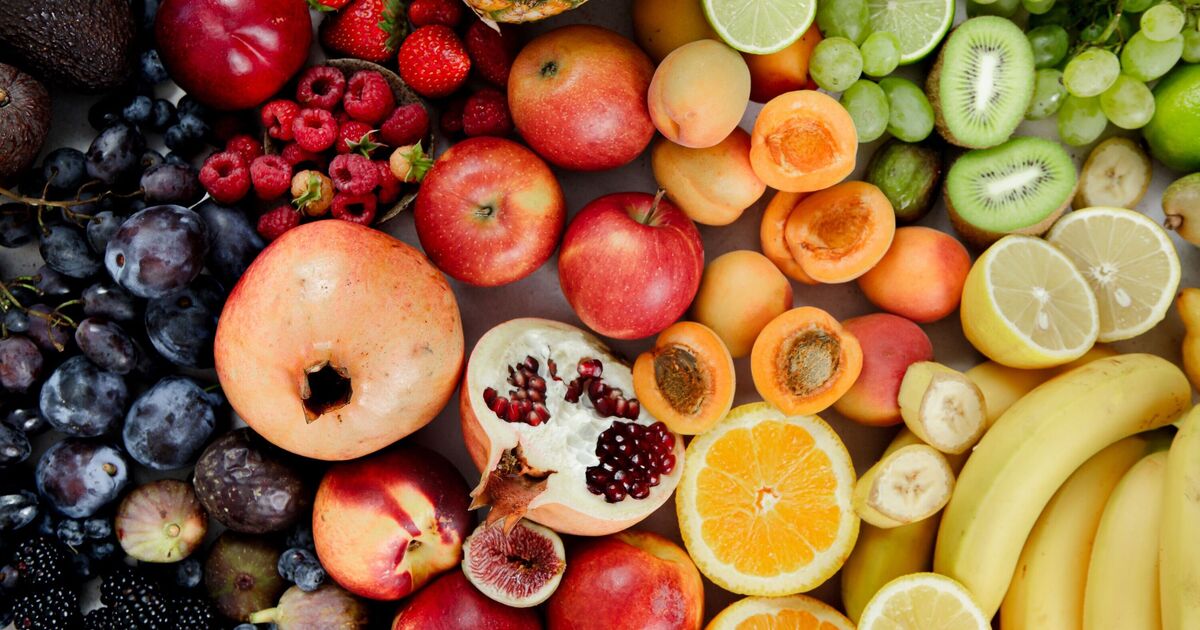It’s common knowledge that a diet rich in a variety of fruits and vegetables is beneficial for our well-being. The more diverse your intake over a short period of time, such as a week, the greater the range of nutrients you’ll absorb, boosting both your overall health and gut microbiome.
Likewise, the significance of vitamins for maintaining good health is widely recognised. However, there are other crucial nutrients that don’t get as much attention but are vital for bodily functions.
Magnesium is one such nutrient, essential to over 300 reactions within the body, according to registered dietitian Patricia Bannan in an interview with Today. She also highlighted a concerning statistic: “Despite its importance, about half of US adults don’t get enough magnesium from food”.
Boosting your magnesium levels doesn’t have to be complicated or costly. You can increase your intake by consuming readily available foods found in any local supermarket, reports Surrey Live.
Magnesium can be found in numerous fruits, but passion fruit reigns supreme, containing 4-5 grams of magnesium per fruit. Research published in the Frontiers in Pharmacology journal revealed that “more than 110 phytochemical constituents” have been identified in the plant, demonstrating “a wide range of health effects and biological activities such as antioxidant, anti-hypertensive, anti-tumor, antidiabetic, hypolipidemic activities”.
The study continues: “These outstanding results suggest that passion fruit may offer a range of health benefits, such as managing inflammatory and neurological disease, and also preventing some chronic diseases like hypertension and hyperlipidemia.”
Today.com highlights that “the pulp of the aromatic fruit can be eaten raw, as a yogurt topping, or added to juices and drinks” and notes that it “also tops the list of fruits with the most protein”.
There are plenty of other excellent sources of magnesium, including:
- leafy green vegetables like spinach or chard
- nuts and seeds like almonds, chia seeds and pumpkin seeds
- fruits like guava, banana, papaya, blackberries, kiwi and figs.
Rebecca McManamon, consultant dietitian and spokesperson for the British Dietetic Association, shared with the BBC that a daily intake of unsalted nuts, wholegrains, a range of fruits, green vegetables, and legumes likely meets the recommended magnesium levels. She noted: “If these are not foods you eat regularly, you may be at a higher risk of not getting enough magnesium.”
